The Propaganda Pushing Autonomous Trucks Is Steadily Increasing - As is The Resistance
The Relentless Push to make Truckers Extinct continues.
Since my last update dispatch on Autonomous Truck system developer Aurora Innovation, who are behind the very first driverless 18 wheeler to operate ‘driver out’ on a US interstate, they have announced resuming operations with a safety driver behind the wheel, which ought to raise some questions about the nature of liability and how it relates to these vehicles, as well as how much Aurora can be trusted, given the dishonesty which they have employed in their PR campaigns. Some of this dishonesty has reached very high levels in America, and a recent interview given by none other than Vice President JD Vance indicates that the dishonesty behind the lobbying has gone completely unchecked.
Except for here at this Substack, where the truth is delivered to you at high torque and high horsepower by a very human operator.
About a week and a half after announcing their ‘Driver Out on the Interstate’ accomplishment, Aurora made something of a peculiar ‘backtrack’, telling everyone that a human minder would be put back behind the wheel.
https://aurora.tech/newsroom/updating-our-driverless-operations
One of those partners, PACCAR, requested we have a person in the driver’s seat, because of certain prototype parts in their base vehicle platform. We are confident this is not required to operate the truck safely based on the exhaustive testing (covering nearly 10,000 requirements and 2.7 million tests) and analysis that populates our safety case. PACCAR is a long-time partner and, after much consideration, we respected their request and are moving the observer, who had been riding in the back of some of our trips, from the back seat to the front seat. This observer will not operate the vehicle — the Aurora Driver will continue to be fully responsible for all driving tasks, including pulling over to a safe location if required.
Is this about PACCAR’s own confidence in a prototype, or is it about something else?
In a discussion I had with a trucking insurance pro who has been in the industry for 30+ years, (it was up as a podcast and has been the only episode I’ve had to remove - some big insurer group threatened my guest with a lawsuit for even mentioning their name) we discussed one of the big questions that remains for autonomous truck systems manufacturers — who is going to pay when something goes wrong? As ‘Nuclear Verdicts’ continue to push settlements into the 9 figure stratosphere, anyone involved in the implementation of this novel technology must be asking themselves this question, and whether a crafty lawyer or hopelessly ignorant jury will remove a pound of flesh from them or their investors.
PACCAR had undoubtedly considered this long before partnering with Aurora, and hired a team of their own legal experts to weigh the likelihood of the makers of a once marquee name in trucking being sued out into penury downstream of a short circuit on the part of Aurora … or the motoring public.
I have heard rumors that Aurora’s recent ‘Driver Out’ experiences have not been as smooth as they report. In fact, we see a clue to this in the very video that Aurora released to the public on YouTube to show to the world their new driverless truck in action.
Aurora’s slick promotional video is but 8 minutes and 17 seconds long, though a curious pause and restart in the middle rhymes with rumors heard about the official driverless launch date, and how that info was leaked. An anonymous Twitter account called ‘Truffle or Tulip Research’ posted a number of videos tracking the maiden ‘Driver Out’ voyage, so it wasn’t a very well kept secret.
You will notice that the two videos in the split screen format, which normally track what’s happening in front of the Aurora unit, one apparently filming from the bunk, and another from their own traffic monitoring system, are monitoring two different stretches of road from 4:05 to 4:35. Simple editing mistake, or did 30 seconds of video have to be removed? What was in that 30 seconds that needed to be scrubbed? Why would something like this happen on a video documenting such an historic event? Seems like there are billions upon billions of dollars resting on this system and maybe Aurora could explain what went on there.
I’ll let you decide and consider PACCAR’s cold feet about a driver not being present.
There are other out there, who, like myself, are likewise skeptical of Aurora and their recent announcements, but are coming at it from the position of conducting research on behalf of capital investors. One such outfit is called Bleecker Street Research and some of what they have to say about Aurora runs parallel to questions I posed in my last missive about them.
https://www.bleeckerstreetresearch.com/research/aurora-innovation-aur
This piece on Aurora is well worth a complete read, and is very comprehensive.
Their initial bullet points -
Aurora is a pre-revenue autonomous trucking company recently worth $12 billion.
Aurora recently completed its “driver-out” milestone, completing a commercial freight route between Dallas and Houston fully autonomously.
While Aurora has called this a “commercialization event”, it really exhibited how far behind the company is on a viable business model, and how unlikely it is that Aurora can scale the way it currently plans to.
Our research revealed that PACCAR, a key Aurora partner and supplier that made the Peterbilt truck that Aurora modified, was apparently not on board with the company removing the safety driver.
A PACCAR representative said, “We will not agree to commercialize anything that is not proven to be super safe. We’re not there yet.”
Aurora claims that it will be able to scale to 10,000+ revenue generating autonomous trucks by the end of 2027, but a senior executive at its other OEM partner, Volvo, told us mass producing trucks in 2027 is out of the question: 2030 is more likely.
Meanwhile, we believe Aurora will need $2-3 billion just to contemplate reaching commercial scale, well north of the ~$750 million Aurora claims to require now.
More on the trucks that the Aurora Driver need to hitchhike on -
PACCAR said in an email:
“PACCAR's Autonomous Vehicle Platform (AVP) is a special version of our trucks that includes redundant safety systems and a HPC platform with API's to connect with robotic driving systems like Aurora's. The AVP is still under development. We will not agree to commercialize anything that is not proven to be super safe. We're not there yet.” (emphasis added)
Volvo is Aurora’s other OEM partner, and its trucks did not even make an appearance in the commercial launch. This absence is significant, as Volvo is Aurora’s only announced path to making its ambitious 10,000+ truck production target for 2027. We believe Volvo’s platform is years behind schedule: a senior Volvo executive told us 2030 was when mass production might first be possible for autonomous trucks:
The senior Volvo executive said:
“For the 2027 [Volvo] product, it's not there yet because now it's already 2025… I think the time window is really about 2030, not 2027.” (emphasis added)
While Aurora is regarded as the leader in autonomous trucking, there is competition hot on their heels: Torc, Kodiak, Waabi, Plus, Gatik, Bot, Nuro, Einride, Applied Intuition, Wayve, and of course, Waymo, which has paused its trucking efforts for now but is an advanced autonomy player. Competitors have nearly equivalent technology but with dramatically lower cost structures, resulting in better, more scalable models. An industry participant said of Aurora: “They are ahead. They have done a very good job, but under the hood, there’s nothing special in their AV (autonomous vehicle) stack.”
Aurora was founded in 2017 with highly regarded technologists from Google and Tesla. Eight years later, having absorbed a large team from Uber’s autonomy project, they have amassed a team of 1,800 people and have accumulated $4.6 billion of losses. With this large team, Aurora is burning $700 million of cash annually. To simply breakeven on its operating expenses, Aurora would need to drive 1.1 billion miles annually (assuming it is getting $0.65 per mile at 100% gross margins). As it stands today, Aurora has amassed 4,000 miles of fully autonomous commercial freight.
Bolding in those two paragraphs mine.
In a recent piece I wrote for the American Conservative, and which I republished in my most recent update, I ask a fairly simple question which tracks with Bleecker Street’s research here, and is a question everyone ought be asking, given what we know about Aurora, and how much of a tab they seem to be running up with their creditors/investors.
In the race between these automated systems companies to get their trucks to market, we must also ask: Is Aurora rushing the deployment of their trucks to keep investors happy? Are these trucks really as safe as they say they are? Or is the desire to be the iPhone of automated trucks going to exact a toll in lives and jobs?
Last year I published an essay here at Substack which examined the differences between what Aurora tells the government, tells the public (including truckers), and what they tell their investors. You can read it here before moving on to Aurora’s next big marketing ploy, released on Tuesday, May 27, and I do suggest that you read my piece first, because it appears that Aurora continue to lie through their teeth misrepresent reality in attempting to sell this technology to the public.
And boy oh boy, is it ever a big marketing ploy - right from the biggest newspaper in the country, the New York Times.
https://www.nytimes.com/2025/05/27/business/driverless-semi-trucks-aurora-innovation.html?unlocked_article_code=1.KU8.ok5x.Jgb9GqVy9u__&smid=url-share
Let’s dig in.
Autonomous trucks, proponents say, could solve a knot of problems facing the American shipping industry, which has struggled to recruit drivers for grueling, low-paying long-haul shifts, and which expects major growth in cargo shipment activity in the coming decades, driven by the overwhelming popularity of online shopping.
Well, at least the NYT didn’t use the term ‘driver shortage’ and sort of acknowledged the problem -
low-paying
But companies like Amazon and FedEx and numerous others have already attempted to solve that problem by having the Biden Administration hand out CDLs to recent arrivals, legal, illegal, or ‘refugees’, with little to no vetting, and many of them incapable of complying with federal licensing regulations. Amazon and the gang don’t do this directly, of course; it’s all subcontractors who operate the most unsafe rigs on the road.
I guess even abusing illiterate migrants costs them too much, so on with the robots.
They won’t ride the brakes or make unnecessary lane changes, wasting fuel. And they won’t need to abide by the 11-hour daily driving maximum imposed on long-haul truckers for safety reasons.
I’d like to thank the New York Times for living up to its reputation as an organ of the Cathedral which looks down its nose at the working class in typical fashion for elites disconnected from reality. Or maybe they were secretly criticizing all of the recent arrivals who work for those Amazon subcontractors that have killed nearly 150 people out on the road in the last decade.
Mr. Urmson, the Aurora chief, vowed that his trucks would be safe. “We have something like 2.7 million tests that we run the system through,” he said.
And he said they would not displace truckers, citing growing demand and an aging work force. “It is a noble job,” he said of trucking. “That said, people don’t particularly want to do it anymore.”
I’ve said it before and I’ll say it again - this is utter BS. Truckers wages in the United States alone amount to a $200 billion/year bag which Aurora and their competitors are coming for, and many of us do, in fact like our jobs, and would like to remain doing them, in spite of government and corporations doing everything possible to make the job worse.
This NYT puff piece, pretending to be an even-handed look at Aurora and their technology, ends with a check in on regulation, but fails to mention an Autonomous Vehicle component to Trump’s ‘Big Beautiful Bill’.
At least three other companies are also developing driverless trucks. One of the companies, Kodiak Robotics, has started to use driverless trucks on dirt roads in Texas.
Experts spoke highly of Aurora, describing the company as a leader in safety. But they also expressed concern about a lack of regulation.
“What Aurora’s doing is being much more careful than most,” said Philip Koopman, an engineering professor at Carnegie Mellon University who specializes in autonomous vehicles. “But there’s still no requirement for independent checks and balances.”
The Transportation Department, which regulates commercial trucking through its Federal Motor Carrier Safety Administration, said in a statement that “comprehensive federal regulations specific to automated trucks are still under development.” But the department added that it was working with the trucking industry and state governments to “modernize safety oversight.”
Gov. Greg Abbott of Texas, a Republican, said in a statement that he welcomed the arrival of Aurora’s trucks and that his state “offers businesses the freedom to succeed.”
Although there is no federal regulatory framework in place, a number of states have considered legislation to regulate self-driving trucks.
Let us turn to The Associated Press for a battle on the horizon regarding the regulation of all things ‘autonomous’ or ‘automated’.
https://apnews.com/article/ai-regulation-state-moratorium-congress-39d1c8a0758ffe0242283bb82f66d51a
House Republicans surprised tech industry watchers and outraged state governments when they added a clause to Republicans’ signature “ big, beautiful ” tax bill that would ban states and localities from regulating artificial intelligence for a decade.
The brief but consequential provision, tucked into the House Energy and Commerce Committee’s sweeping markup, would be a major boon to the AI industry, which has lobbied for uniform and light touch regulation as tech firms develop a technology they promise will transform society.
However, while the clause would be far-reaching if enacted, it faces long odds in the U.S. Senate, where procedural rules may doom its inclusion in the GOP legislation.
Here is the wording from the bill -
Part C exempting any of these systems from Civil Liability …. yeeesh.
Typically we hear an awful lot from Conservative types about Federalism and leaving the states to be ‘incubators of democracy’, but where it concerns the incubation of robots and cold hard code, they seem more interested in Federal Control than the fever dreams of Leftoids ascribe to them regards the incubation of babies.
Someone else sending mixed signals about autonomous technology and displacement of workers is Vice President JD Vance. In a recent interview with New York Times columnist and “Interesting Times” podcast host Ross Douthat, Vance alluded to concerns for those engaged in the economy of ‘atoms’ whom are left behind in favor of the economy of ‘bits’, or software, but then talked about truckers as if he had just left an Aurora investor presentation.
Though to be fair to VP Vance and President Trump, they did just wall off an Obama-Era loophole which the trucking industry was using to force Americans to compete against insource labor, so we ought be grateful for that.
Douthat -
”China has a major industrial policy … if you talk to a lot of the people who were most supportive of … economic change … they will say ‘Look, tariffs and trade barriers are part of it, but you also need to increase manufacturing and domestic industry and the government has a big role to play in that.’ Number one, is that true, and two, to the extent that it is true, when I look at things that DOGE has done in terms of cuts it has made, when I look at the Big Beautiful Bill working its way through the House and Senate, I see a very conventional sort of small government Republican policy making. Certainly not a new industrial policy for the 21st century, so is that out there as a possibility for the administration?”
VP Vance -
” … you see traditional Republican (policy) but we’re talking about no tax on overtime, no tax on tips. These are things that give domestic consumers more money and if you combine giving domestic consumers more money with making it easier and cheaper to produce in America, and more expensive to produce overseas, then that is, in our view, at least, a form of industrial policy … there are other things we are doing … the biggest industrial policy that we already have is a regulatory regime which is incredibly rewarding to software, to the world of bits, as Peter Thiel and Tyler Cowen might say, and is incredibly punitive to the world of atoms. We would like to reverse that or at least equalize it.”
Bolding mine.
Seems like Vance is expressing some concern for myself and other working stiffs in America, right?
Douthat later asks about the new Pope, Leo the 14th, who took on the name Leo, in part, due to Leo the 13th writing the encyclical “Rerum Novarum” which spoke of the plight of labor in the face of a previous industrial revolution.
” … You have been a point person for this administration on AI issues, and I’m curious … there are people who think, essentially, that we are getting a profound economic revolution driven by AI while you guys are in office … first, how likely do you think that is … How much do you worry about the potential downsides of AI, the cultural scale, the way human beings respond to a sense of their own obsolescence?”
VP Vance -
” … on the obsolescence point, I think the history of tech and innovation is that while it does cause job disruptions, it more often facilitates human productivity as opposed to replacing human workers. The example I always give is of the bank teller; in the 1970s there were stark predictions of … hundreds of thousands of bank tellers going out of a job … what actually happened is we have more bank tellers today than we did when the ATM was created, but they’re doing slightly different work, more productive …”
Douthat -
” … just to be clear, that is a prediction of, by the standards of the predictions people are making, a relatively slow pace of change, I think, right?”
VP Vance -
”Well, I think its a relatively slow pace of change, but I think on the economic side, the main concern I have with AI, its not the obsolescence, its not people losing their jobs en masse. You hear about truck drivers, for example, I think what might actually happen is truck drivers are able to work more efficient hours, they’ll be able to get a little more sleep, but they’re doing much more of the last mile of delivery than staring at a highway for 13 hours a day, so they’re both safer, they’re able to get higher wages …”
Bolding mine; it sounds familiar because it is - this is the pitch of companies like Aurora and all the rest of them, who have no idea what its like to be a trucker, what makes trucking culture, what makes the job attractive, what makes it that truckers like to be on the road, and maybe its not just about “staring at a highway for 13 hours a day.”
With all due respect to the Vice President, he’s being hoodwinked by ad copy from people trying to sell a load of bullshit to those who don’t know any better.
The ‘last mile’ delivery jobs are already accounted for, and don’t have near the turnover problems as the middle mile parts of the truckload sector. And all of us are sleeping just fine, thank you very much - it’s not like we can escape the Electronic Logging Device mandate Eye of Sauron brought to us by Barack Obama/Elaine Chao/Donald Trump, which has effectively rendered most truckers prisoners of a surveillance panopticon. You WILL get your REST, DRIVER.
Aurora might not be there yet, but Gatik AI coming for the ‘last mile’, even though the last mile is held out as truckers last chance to remain behind the wheel.
https://gatik.ai/news/blog/gatik-isuzu-mass-production-powered-by-nvidia/
The industry has come a very long way since the early years of small-scale deployments, and there is no question that 2025 will play a significant role in defining the future of autonomous trucking. At Gatik, we’ve validated the technology and the business case for our middle-mile solution with multiple Fortune 500 customers across a wide range of markets, geographies and operating conditions. We are the first autonomous trucking company to conduct revenue-generating driverless deliveries in both the United States and Canada, and have delivered over 2,000,000 commercial orders since 2019.
We’ve now turned our attention to commercialization at scale, network densification and mass production of our solution. To lead this next generation of AI-Driven Autonomy, and truly deploy Freight-Only (driverless) operations at scale, we need the right partners.
This week we announced that we’re teaming up with NVIDIA to develop and deploy the NVIDIA DRIVE AGX platform, featuring the next-generation DRIVE Thor system-on-a-chip, across our fleet of medium-duty Freight-Only vehicles. This partnership marks a significant milestone in our mission to commercialize a safe, efficient autonomous transportation network for the middle-mile, enhancing Gatik’s commercial-grade production capabilities and accelerating the deployment of Level 4 (L4) autonomous trucks for customers including Walmart, Kroger, Tyson Foods and Loblaw. We’re redefining the logistics landscape, driving unprecedented supply chain efficiencies, and creating lasting economic and societal benefits for future generations.
Small Gatik delivery trucks have already been at work for Loblaws in Toronto.
https://www.forbes.com/sites/richardbishop1/2020/11/23/gatik-and-loblaw-partner-to-bring-first-ever-driverless-deliveries-to-canada/
I don’t know why Gatik is calling this middle mile in their release - the trucks pictured are smaller, delivery type trucks, and they’re referencing the word delivery along with well known retail brands. Are they hedging their bets by not just calling them Last Mile? Maybe they don’t want to be seen as eager as Aurora.
As for the higher wages, that remains to be seen, but I highly doubt it. The replacement ‘jobs’ that Aurora and the gang have in mind for long haul truckers is to be yard jockeys, hooking up robo trucks to trailers in yards and getting them ready to go, of which there will be far, far fewer positions. Ask 99% of long haul truckers who have been in the business a long time why they signed up to be truckers, and the idea that they would hang out in one location all day hooking and unhooking trailers will not be on the list.
I don’t expect the Vice President to read my Substack or hang out at truck stops talking to old road dogs, but I do expect him not to try and sell me someone else’s bullshit, and that it exactly what he is doing in this interview with Douthat.
Perhaps Mr. Vice President Vance ought to speak with my colleague James Year, who has been studying the impact of autonomous trucks on truckers lives for several years now. James has just completed what is (hopefully) the first of many productions on this question with More Perfect Union, a working class advocacy journalism project. In a not quite 14 minute long ‘short doc’, James touches on the questions Douthat and Vance were discussing in a more robust fashion. I hope James and MPU go further with this, as 14 minutes barely scratched the surface of what is going on here.
* - note - since this video was released yesterday, it has racked up several million views across multiple platforms.
Also in the video, my colleague Steve Viscelli mentions ‘Platooning’, which has been correctly pointed out by many commenters to be a more expensive and cumbersome reinvention of ‘trains’. I consider the idea of Autonomous Trucks ‘Platooning’ to be a very fake and expensive tech-bro version of something the Australians perfected six decades ago -
In the above video, there is a brief cut to former Democratic Party presidential hopeful Andrew Yang, in a famous interview he gave to Joe Rogan back in 2019. In that interview, which you can watch/listen to here, Mr Yang describes the approach of Artificial Intelligence and Automation as the ‘Fourth Industrial Revolution’ which will look nothing like previous industrial revolutions. Buggy makers will not easily transition to making cars instead - nearly everything will be automated, including many knowledge economy jobs, and much of what can’t be has already been outsourced overseas. In addition to that, you have politicians in both Democratic and Republican parties who are only too happy to give away what is left of American jobs to non-American citizens, through various scams and bullshit like the H1B visa program, and then the outright replacing of American workers with insourced labor of all descriptions, which has been happening to truckers, too, at scale under the Biden Administration, with terrible results for truckers and all other motorists.
I would hope that VP Vance and President Trump, in addition to their programs of reshoring and nearshoring industry to America, and re-balancing the scales of international trade, give a little more thought to the consequences of their actions to specific groups of workers. Truckers don’t even get paid overtime as it is for the administrations wonderful tax break on overtime pay, and we sure won’t have any income to tax at all if the likes of Aurora, Waabi, Plus AI, and Kodiak get their way.
I’ll have more to say on several of the finer components of this story, and likewise I’m releasing a podcast interview with a former driver from Hirschbach, one of Aurora’s partner carriers, who will describe for us how that went down from a driver’s perspective. James Year, who hosted and produced the above video with More Perfect Union, will likewise be returning to the show to discuss all of these developments, and what we can expect in the future regards these trucks.
I’m writing a book on the fate of the trucker in 2025, and questions about where robot trucks fit into that fate will feature prominently.
Book Project Announcement and a Major Ask of my Readers.
Greetings and salutations to readers of Autonomous Truck(er)s and listeners of the Voice Of GO(r)D podcast, and if I haven’t said it already, Happy New Year.
Questions, comments, suggestions, corrections and Hate Mail are welcomed and encouraged - gordilocks@protonmail.com




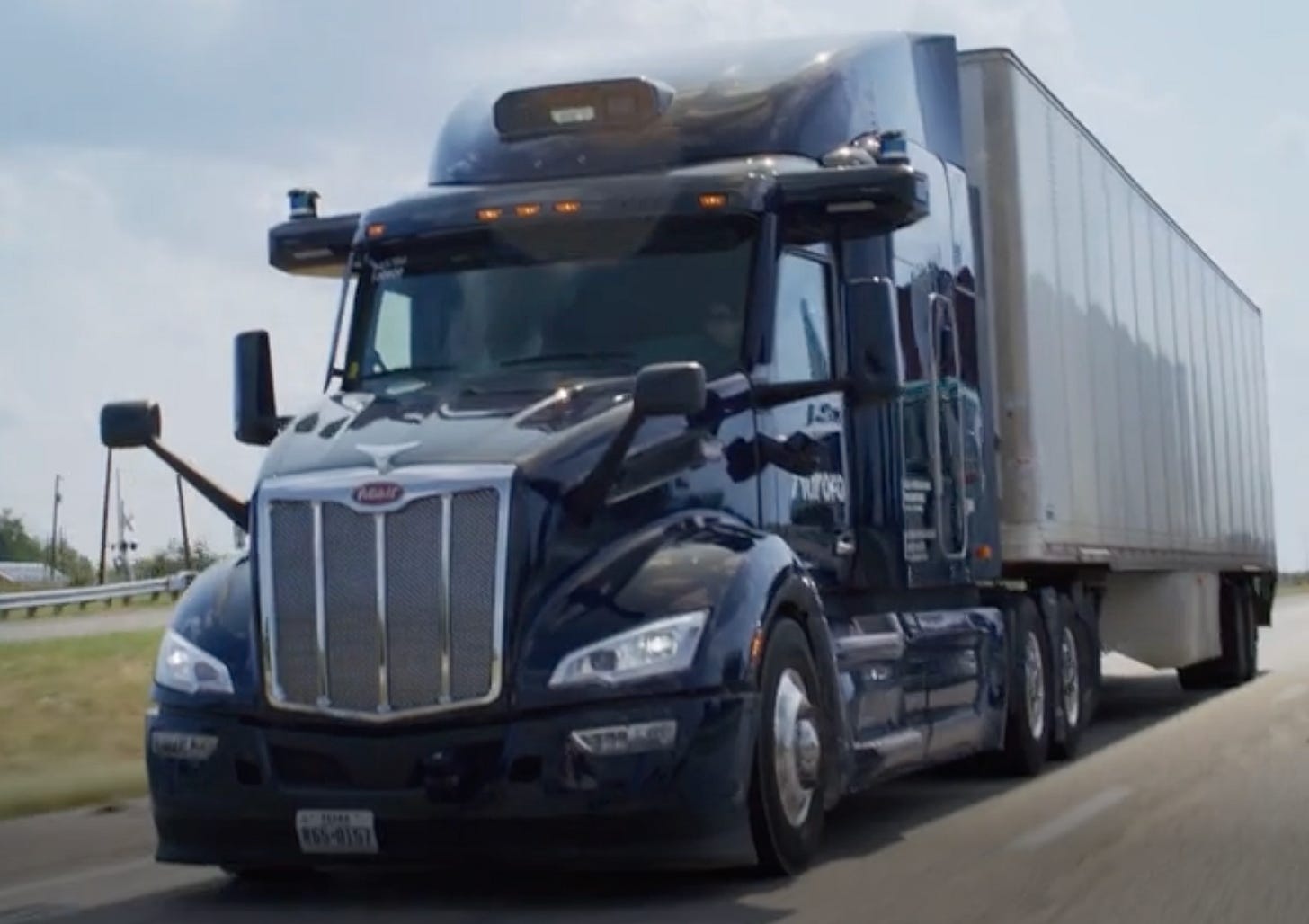
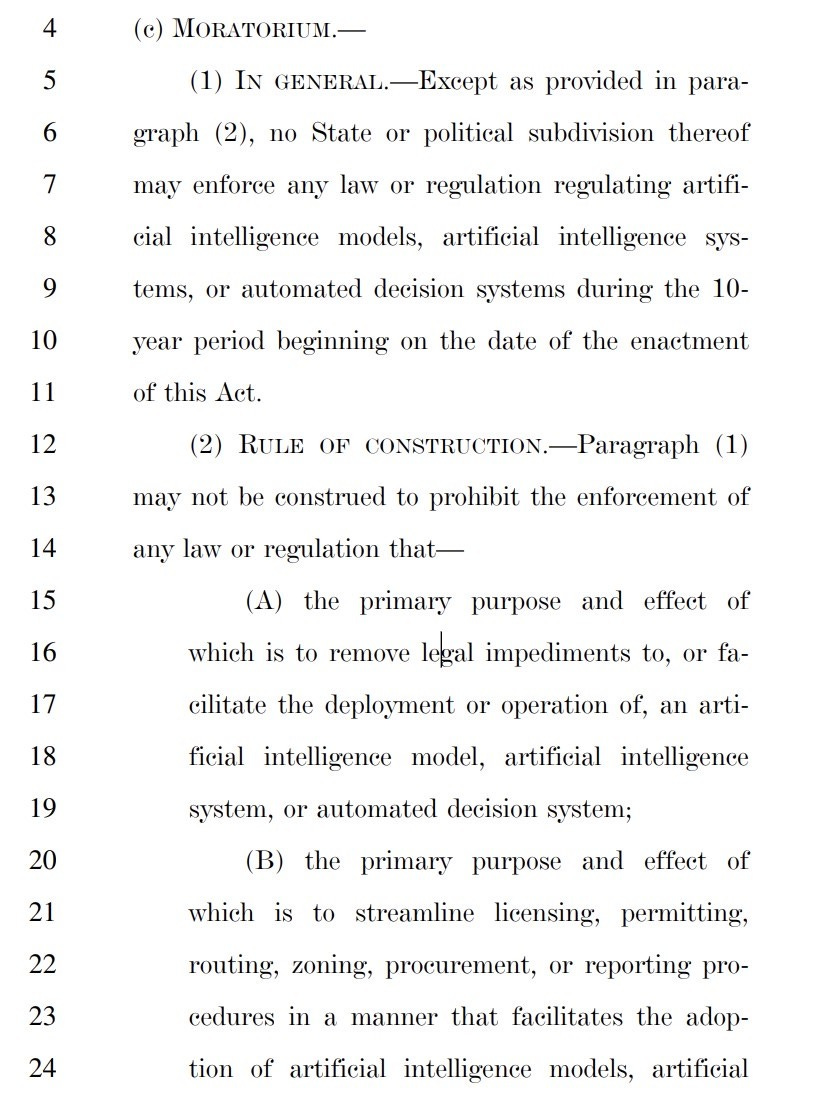
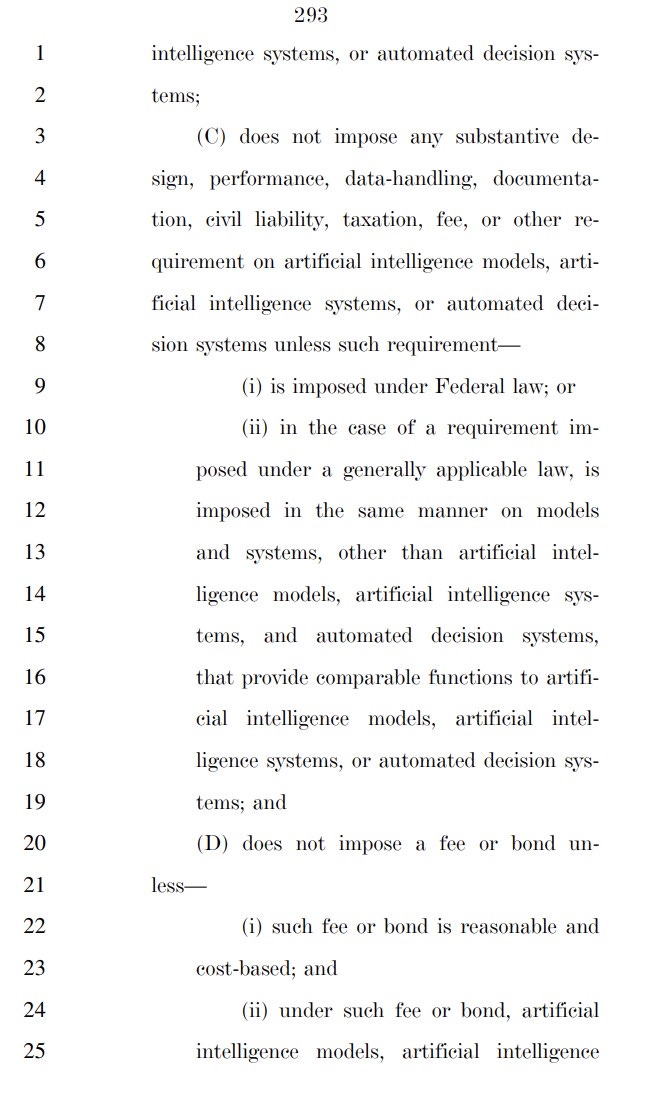

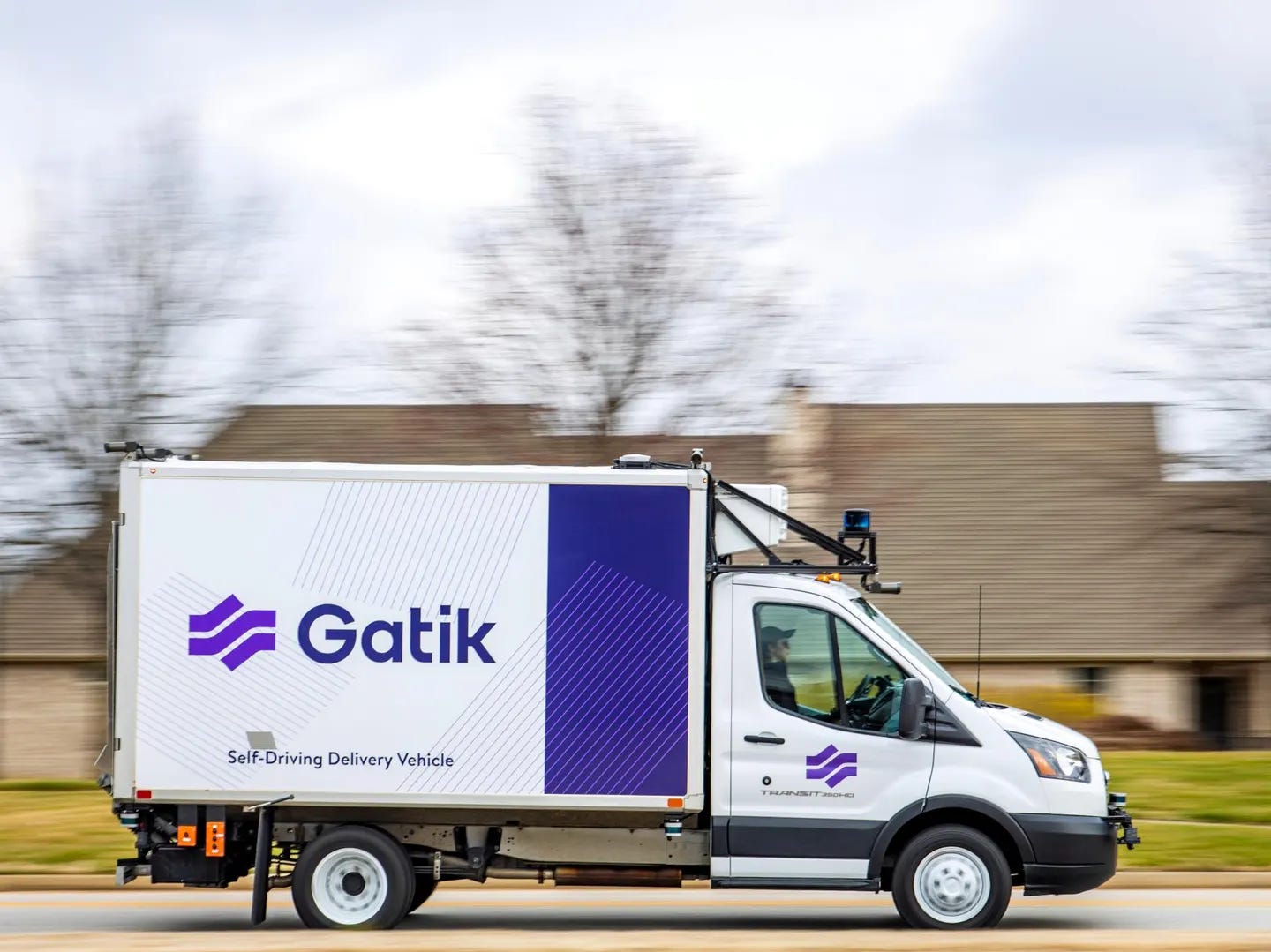
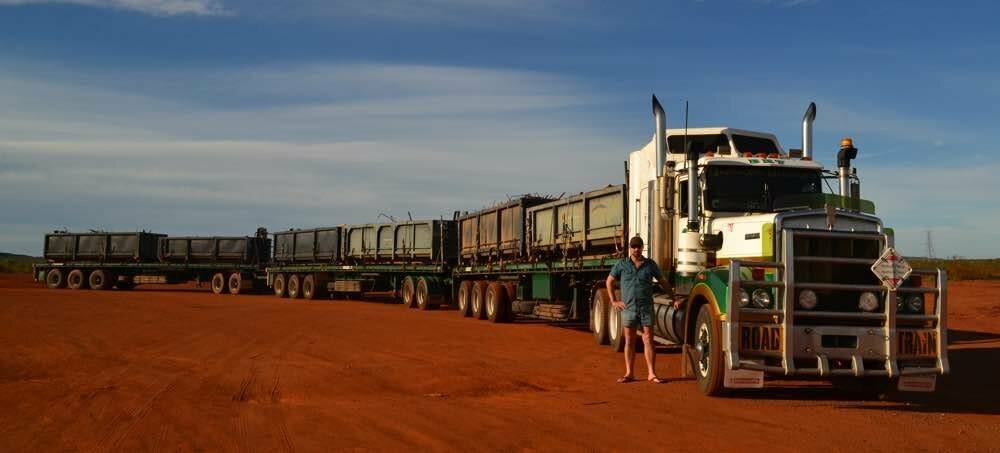
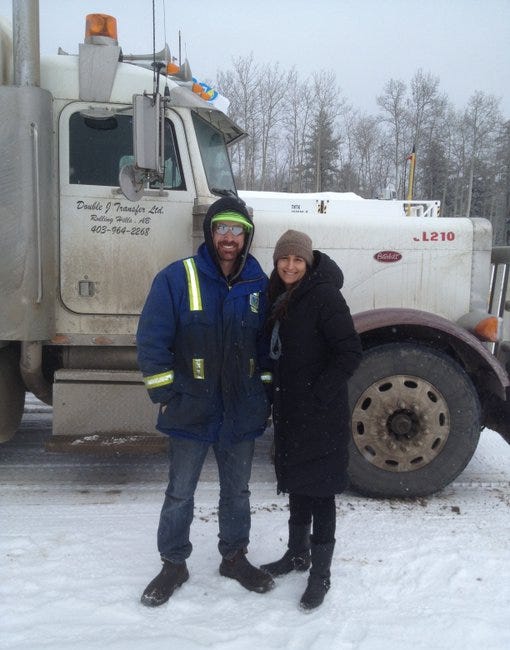
One of the main things I do is run hotshots--time sensitive light freight deliveries--here in the Oil Patch. Those who say that no one wants to be a trucker anymore are pushing pure propaganda. I am happiest when I am on the open road in the boonies of northern Alberta. The call of the open road is real. I don't know what the world will look like in a few years, but I will be happy as long as I still get to roam these empty highways.
You know, if my experience with AI in my policy work is any analogy (which it isn't really, as the potential for catastrophe is much greater in your case), the "safety driver" that supervises the "driver out" truck is going to have to be every bit as expert and alert as an actual driver to correct and override "decisions" at crucial junctures.